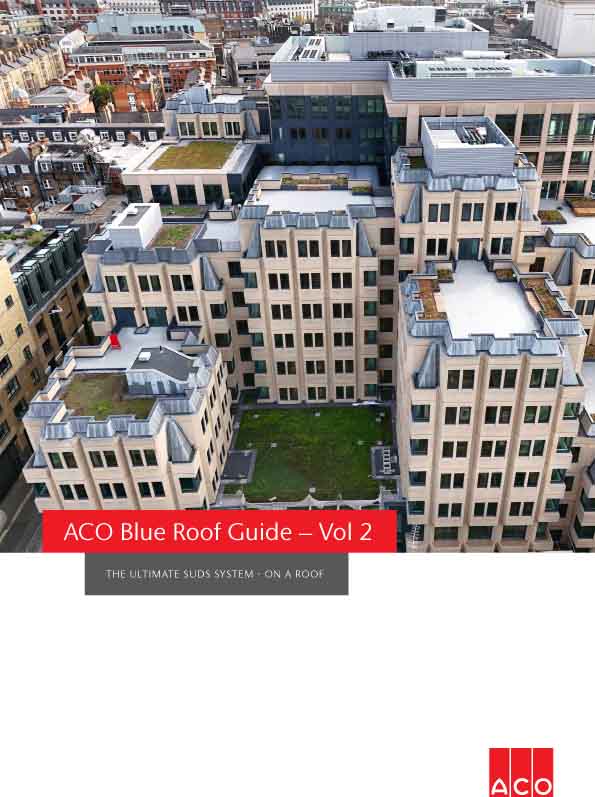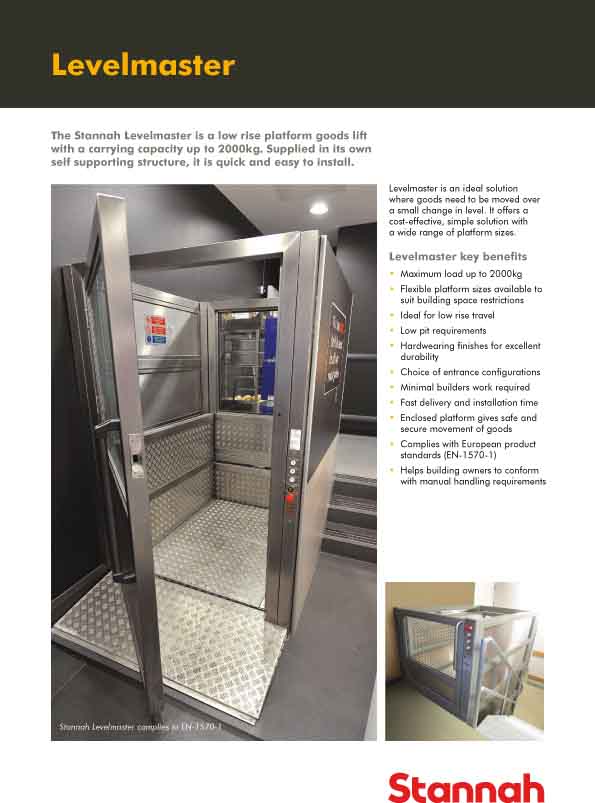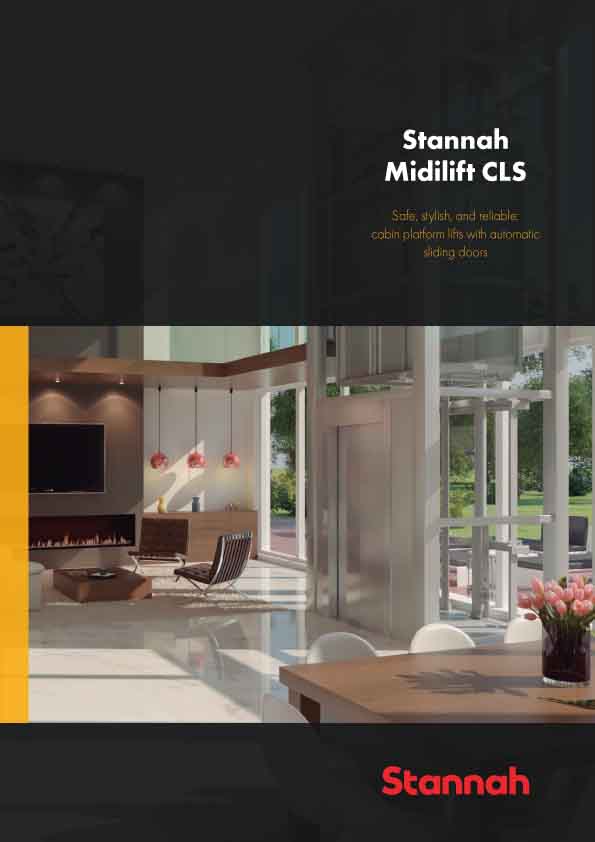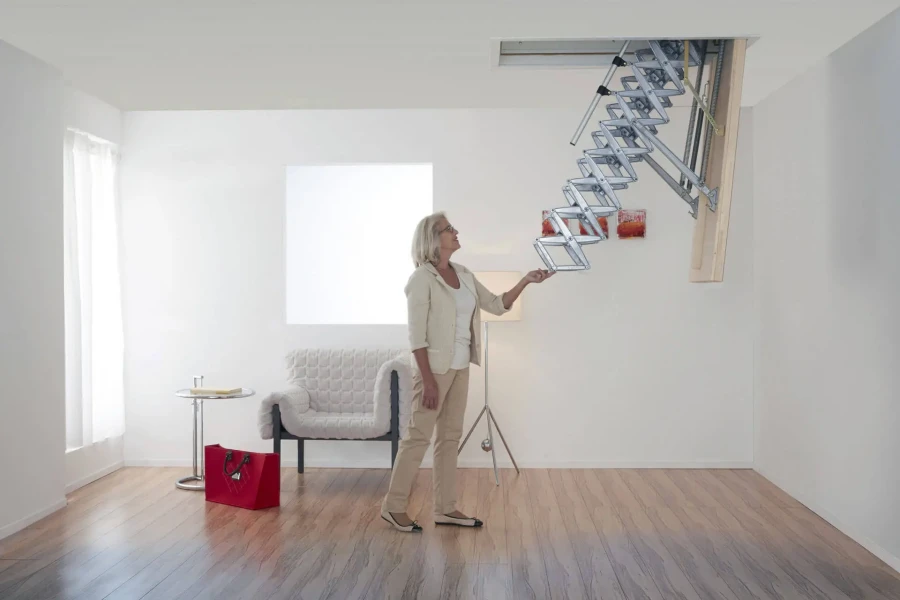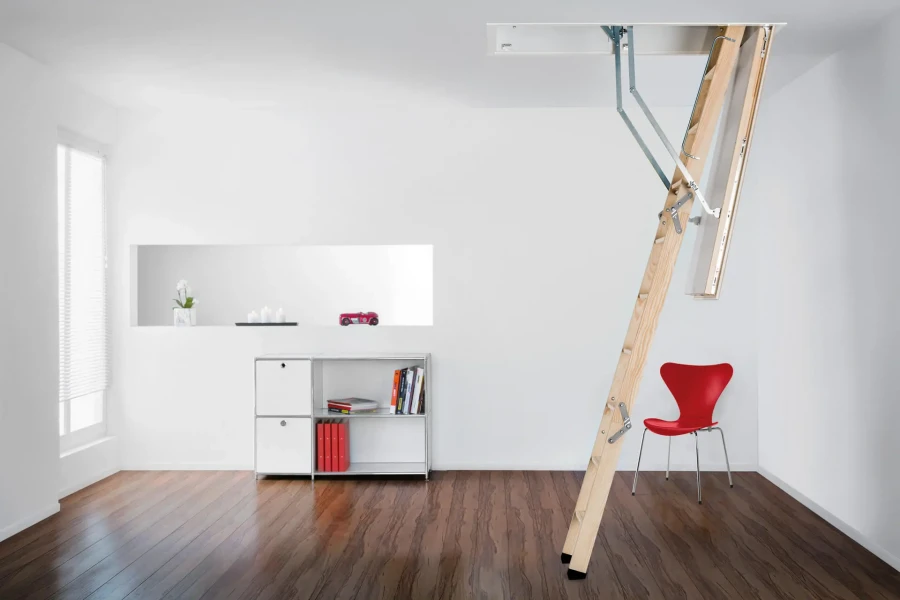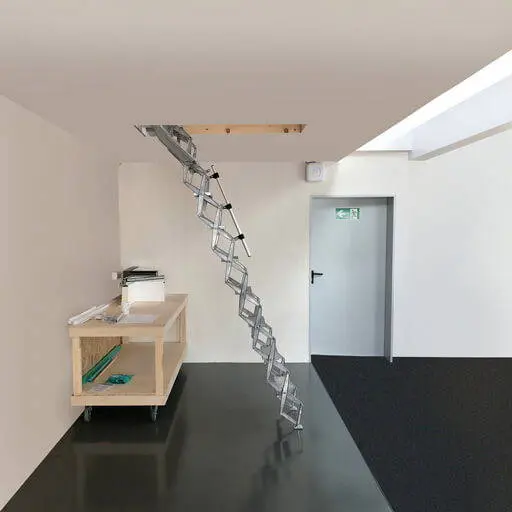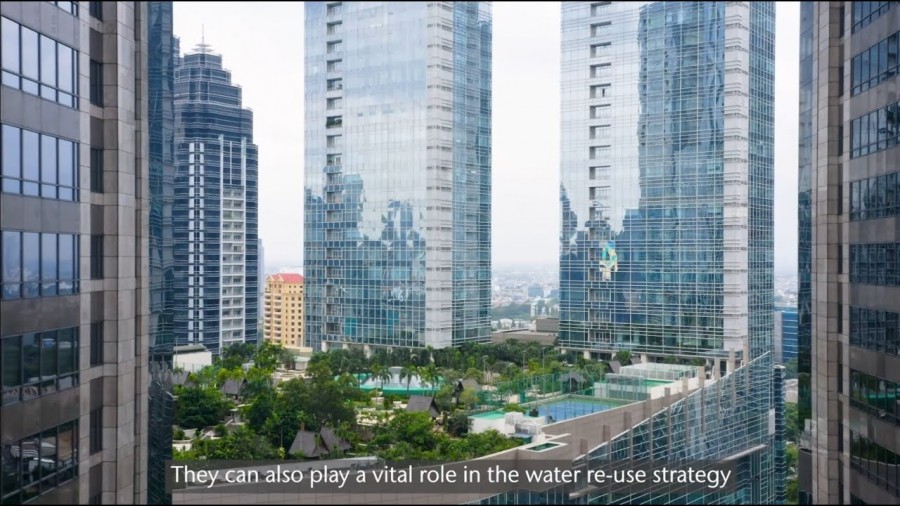Poor indoor environments are responsible for tens of thousands of deaths worldwide every year, but still only attract a tiny fraction of public funding and investment, according to a leading air pollution and healthcare specialist.
Dr Phil Webb, chief executive of the healthcare research and innovation consultancy Health & Wellbeing 360, said building engineers and architects had a “social and ethical responsibility” to improve the design and maintenance of buildings to address a largely “unrecognised and very silent killer”.
Webb, who is also a member of the Welsh government’s Promoting Awareness of Air Pollution delivery group, told the latest BESA Podcast ‘Behind the Built Environment’ that facilities management could play a huge part in reducing deaths and the pressure on healthcare services.

He told podcast host and BESA chief executive David Frise, that the latest data from the World Health Organisation (WHO) showed that up to 1,800 people die every day in Europe as a result poor air quality. He added that annual air quality related death rates can be as high as 10,000 per 100,000 in some parts of London – and dwarf other causes including cancer, heart and lung disease, and mental health, all of which attract far greater public and private investment.
“If you combine all the other diseases together, they don't reach the same mortality rates of poor air quality,” said Webb. “Government intervention tends to focus on ambient or outdoor air quality…yet very little attention has been placed on actual exposure risks to our populations.”
The BESA podcast highlighted the fact that Western societies tend to spend more than 90% of their time indoors, which makes indoor environmental quality (IEQ) the most significant factor in exposure to contaminated air.
“[Therefore], engineering facilities management and building management systems have a tremendous potential to improve the overall health and well-being of populations,” said Webb. “If we can think our way through better buildings, we will end up with better health and well-being for our populations.”
He called for a different mindset that focused on the average 60-year life expectancy of a building to safeguard the wellbeing of future generations.
Webb said legislation and legal obligations would play a part, but human behaviour could have the greatest impact. Improving the way IEQ is measured and monitored would give people the information they need to make informed choices – and allow owners to ‘market’ their buildings as being better for your health so giving them a return on any investment in improving engineering systems like ventilation, air filtration and controls.
However, this would also require a major improvement in the standard of the sensor technologies currently in use, the podcast heard.
Health & Wellbeing 360 was heavily involved in the development of the new new British Standard 40102 (part one) that sets out the parameters for metering and measuring IEQ and provides benchmarks for addressing ventilation and filtration problems.
“It outlines how you use advanced digital technologies, like artificial intelligence, to tell a building not to open the windows because the outdoor monitor is saying that there are high levels of pollution for PM2.5 and nitric oxide,” explained Webb.
“The BMS system will kick in. It will ventilate, purify, and take it down to levels that are consistent with [the standard]. It is this advancement of the combination of different technologies and smarter systems, which I believe, is the future for buildings in the next five to 10 years.”
He added that, just as people had become used to weather reports that provide advice on temperature, humidity and pollen levels that can impact their health, so they should be given access to real time IEQ information every time they enter a building.
“You should be able to form a choice about where you go…whether you go into that building or another one.”
This can also lead to dramatically reduced sickness and absence rates by ensuring building users are less exposed to harmful conditions. With the NHS currently suffering from an absence rate of almost 8%, this could have a profound impact on productivity and the need for recruitment.
“[Rather than recruiting and training] more professionals for the NHS, surely you'd be better off creating better environments for them so when they went to work, they don't get ill? That creates more people returning to work than you would ever be able to employ and train in a short space of time,” Webb told the BESA podcast.
The industry also needs to ensure that, while the quality of IEQ monitoring improves, it does not become prohibitively expensive.
“We need low cost, reliable sensors that can be deployed at scale,” said Webb. [Some] sensors are very sensitive, very specific, but they cost in the hundreds of thousands. Nobody can afford to put that type of level sensor in place in buildings at scale. We're talking about trying to scale these up across all buildings.”
He said it would be possible to meet the requirements of the new British Standard with sensors that cost around £400 to £600, but they must be able to measure air quality concentrations accurately.
“We would not want people to invest in sensors that derived a calculation based on voltages that didn't actually measure concentrations at all. We think they are largely unreliable. In the sector that we're in, poor quality data and information leads to poor quality [and leads to] massive mortality rates.”
He said the industry needed to ask itself some fundamental questions: Why are you building buildings in the first place? Are you building them in a way that just stops you being sued for poor design? Or are you building a good quality building…and what's the difference in the price point?
“The difference of building a poor building and a good quality building is negligible, particularly if you're looking at some of the suggestions we're making on the embedding of technology as part of the infrastructure of the building,” he added.
“The commercial driver for this will come from people wanting better conditions for themselves and their families. There's the legislative bit that means you must do it, and then there's a competitive bit, which is can people make a competitive advantage, which affects their price point on how they sell environmental quality to people using their services,” Webb explained.
The podcast heard that several hotel chains are already looking at how to boost their ratings by advertising their rooms provide instant IEQ updates to occupants using the latest monitoring technologies.
Webb also said the push for net zero should not mean you end up with a “hermetically sealed, well-performing box, which is horrible to actually be in there as a human being”.
“I don't think this is a huge step. I think there's an opportunity to train people to think differently when they're designing buildings…and then install and develop the installation of new technologies in buildings,” he told the BESA podcast.










